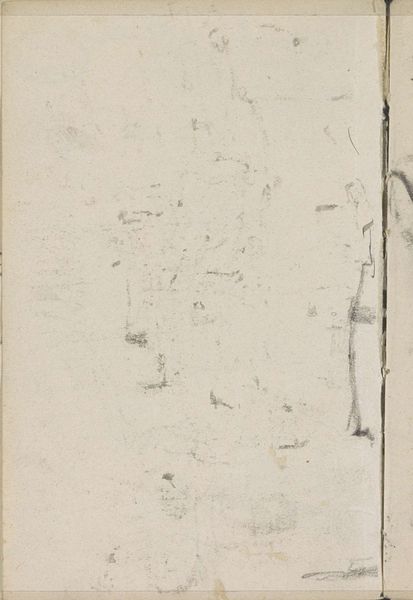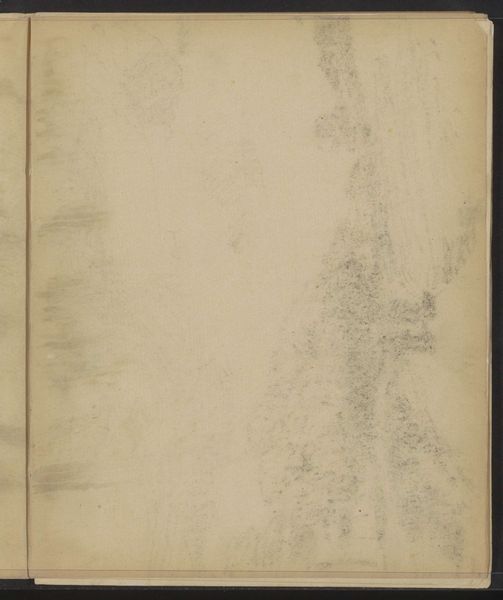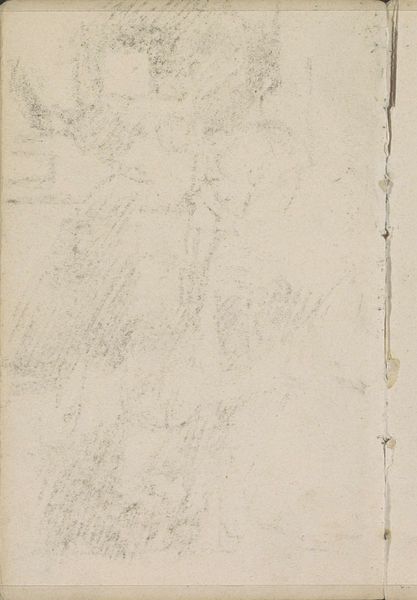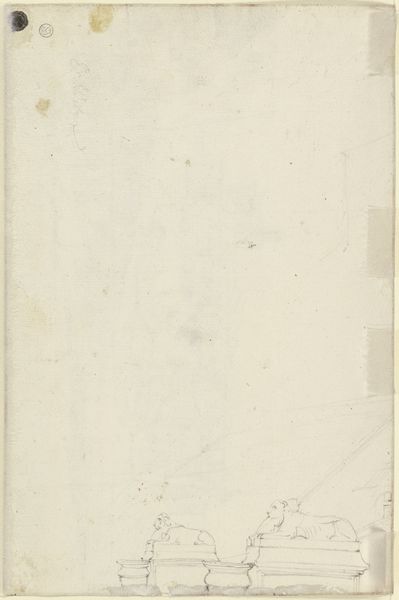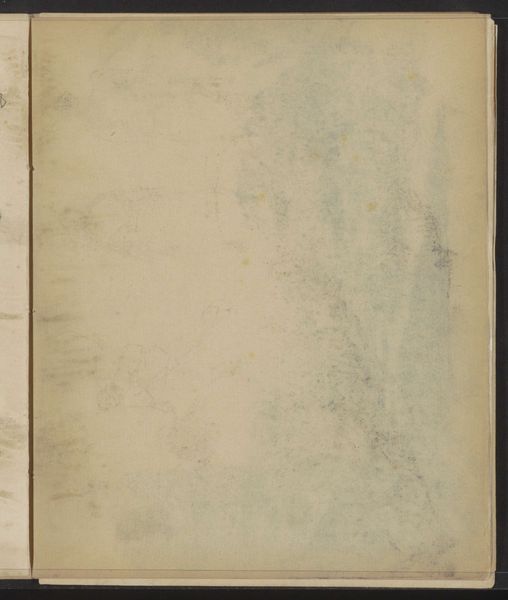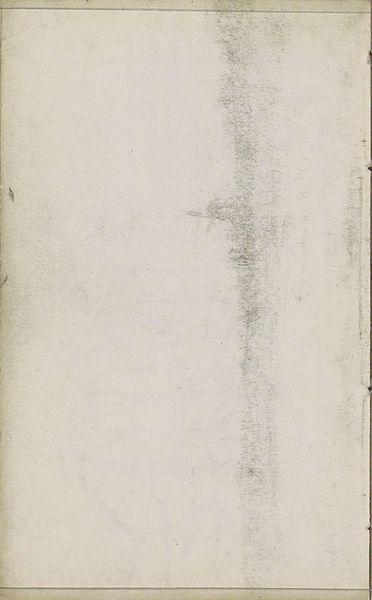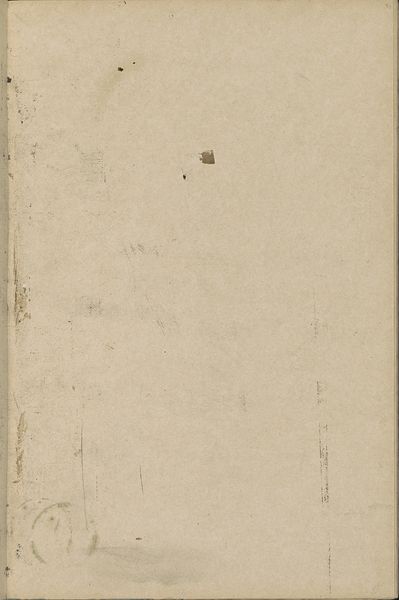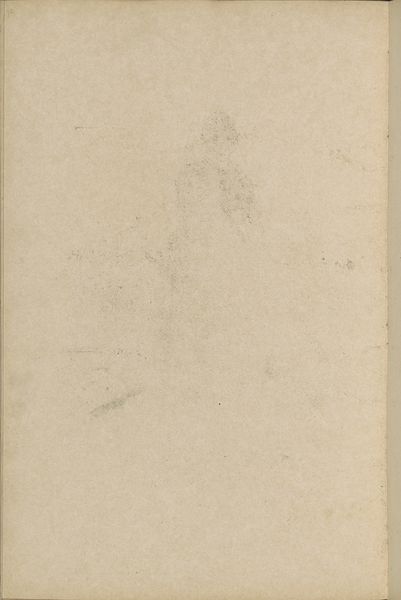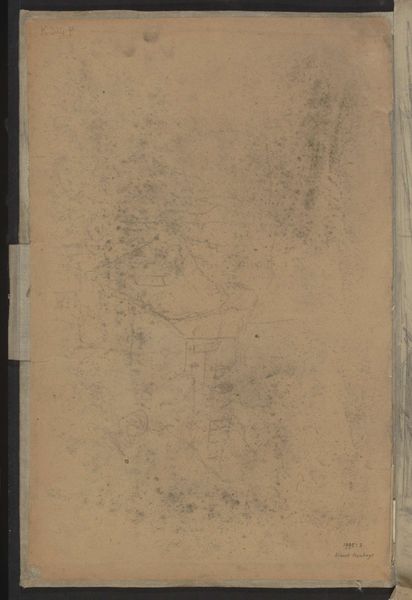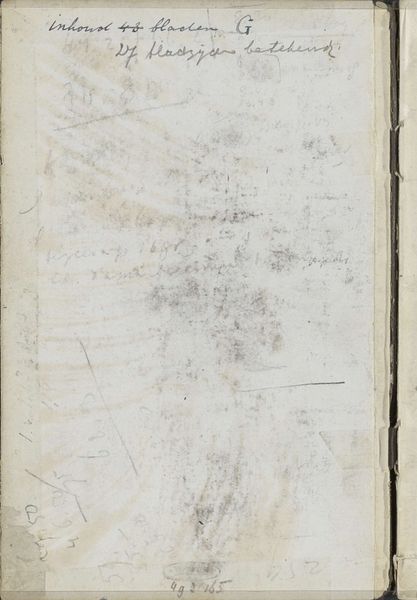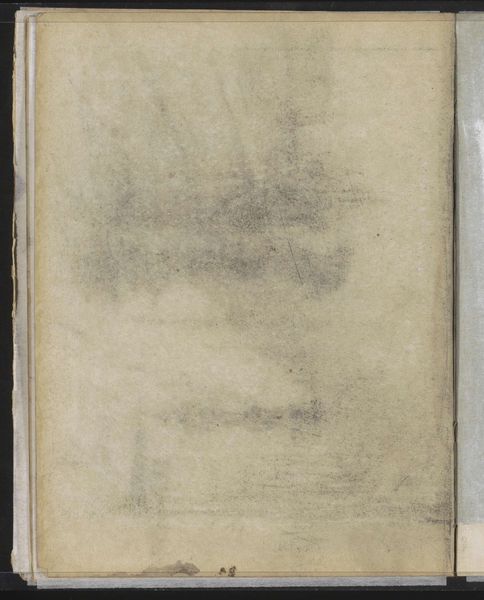
drawing, paper, graphite
#
drawing
#
impressionism
#
paper
#
graphite
Copyright: Rijks Museum: Open Domain
Editor: This drawing, titled "Abklatsch van een penseeltekening" by Willem Witsen, created sometime between 1884 and 1887, seems… well, abstract. It’s graphite on paper, and to be honest, it mostly looks like smudges. What should we make of it? Curator: Consider that even seeming accidents can be freighted with symbolic intent. This “smudge,” this trace – what if it's not about absence of skill, but about something lurking *beneath* the surface? An attempt, perhaps, to grapple with the unsaid, the forgotten? What might "Abklatsch," this German term, tell us about his state of mind? Editor: I see what you mean, like the transfer is more about imprinting a feeling, but... where do you even start with something so minimal? Curator: Think about impressionism. How the sketch emphasizes the transience of a fleeting moment? In the late 19th century, there's growing interest in the subconscious mind, those images half-seen and difficult to hold. This impression *becomes* the art. Consider the image of water stains and what water, fluidity, and washing symbolize in other paintings and other eras. Editor: That’s an interesting point. So you’re saying the actual 'subject' isn’t important, it's the residue of it that counts? Curator: Precisely. It is almost a ghost. It acknowledges not the thing itself, but how the memory changes, transforms over time, often becoming unidentifiable. A fleeting attempt, forever shifting…a poignant memento. Editor: So it’s less about what it *is*, and more about what it *evokes*. Very interesting perspective! Curator: Indeed, that little green stain opens up many questions of perception, intent and our mind’s ability to see meaning everywhere.
Comments
No comments
Be the first to comment and join the conversation on the ultimate creative platform.
